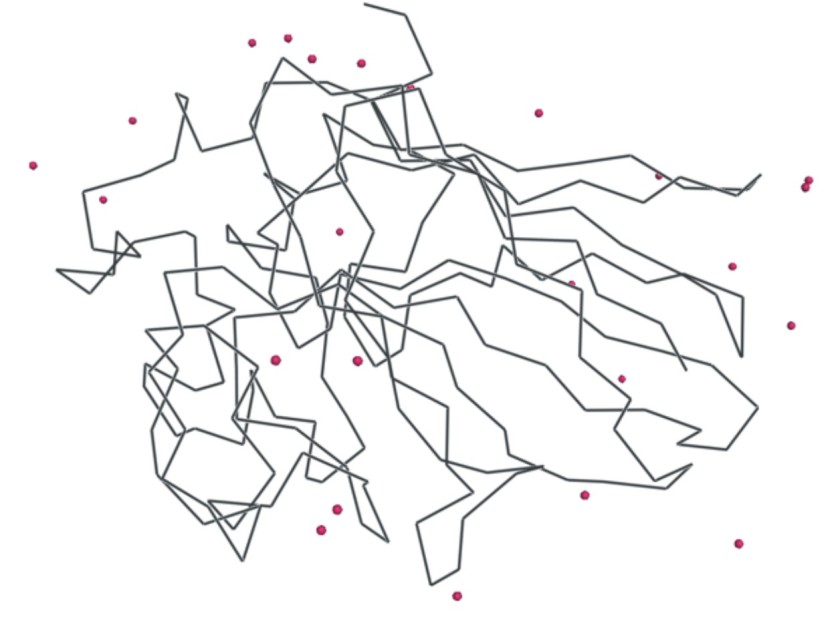Joint Research Group Macromolecular Crystallography
Experiment 2: Br-MAD of thaumatin
In this experiment, the structure of the sweet protein thaumatin will be determined based on the method of multiple anomalous diffraction (MAD). Over the course of the past two decades, MAD has become the standard method for a de novo structure determination in macromolecular crystallography. In MAD, the wavelength dependant anomalous scattering properties from heavy atoms that are part of or bound to the macromolecule of interest are utilized. The heavy atoms can be incorporated in the protein (e.g. Se-Me derivatives or metal-containing proteins) or they can be soaked into the crystal. MAD experiments are carried out at different X-ray energies where the anomalous scattering factors of the heavy atom are significantly different from each other. Up to four diffraction data sets are collected at the peak wavelegth where Δf'' reaches its maximum, at the inflection point where Δf' reaches its minimum and away from the edge at a high energy or/and low energy remote wavelength.
Download PDF
Download the diffraction images and the data processing from below:
- images peak 1/3 (660 MB)
- images peak 2/3 (660 MB)
- images peak 3/3 (670 MB)
- peak processing (54 MB)
- inflection images 1/3 (632 MB)
- inflection images 2/3 (639 MB)
- inflection images 3/3 (642 MB)
- inflection processing (44.6 MB)
- high-energy-remote images 1/3 (657 MB)
- high-energy-remote images 2/3 (661 MB)
- high-energy-remote images 3/3 (667 MB)
- high-energy-remote processing (45.5 MB)
- low-energy-remote images 1/3 (571 MB)
- low-energy-remote images 2/3 (580 MB)
- low-energy-remote images 3/3 (580 MB)
- low-energy-remote processing (43.5 MB)
- Download the structure solution path (5,4 MB)
- Download the refined structure (pdb) and structure factors (mtz) (1.2 MB)

